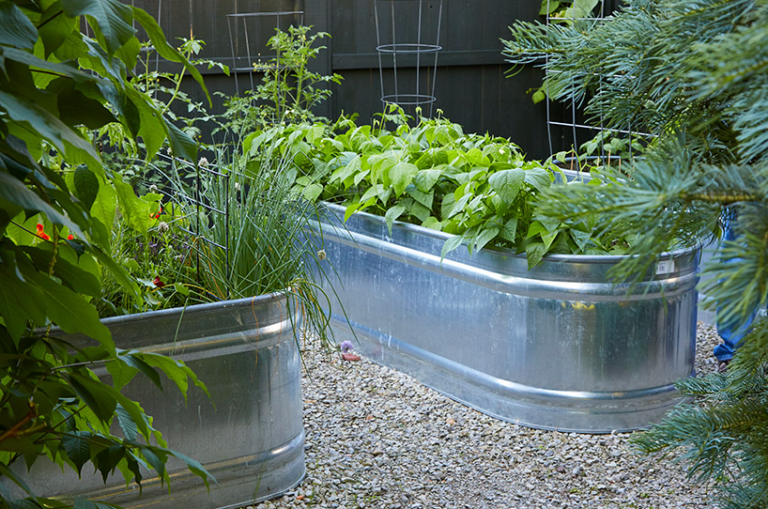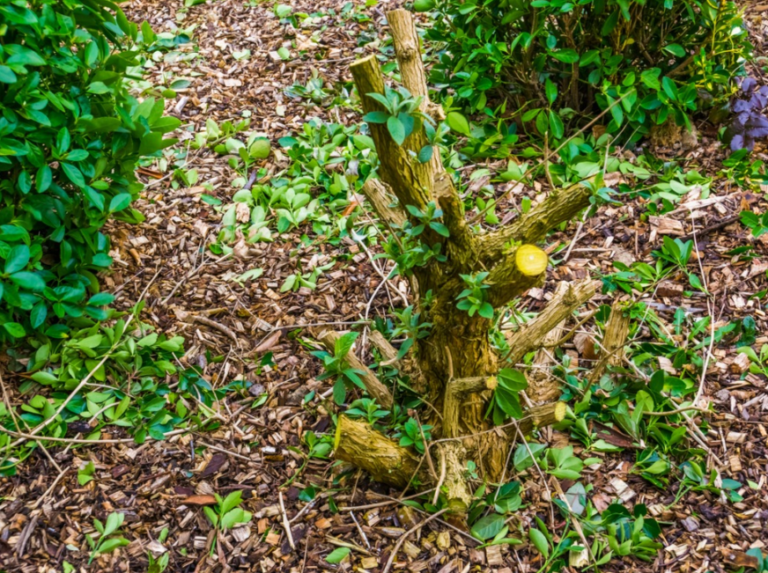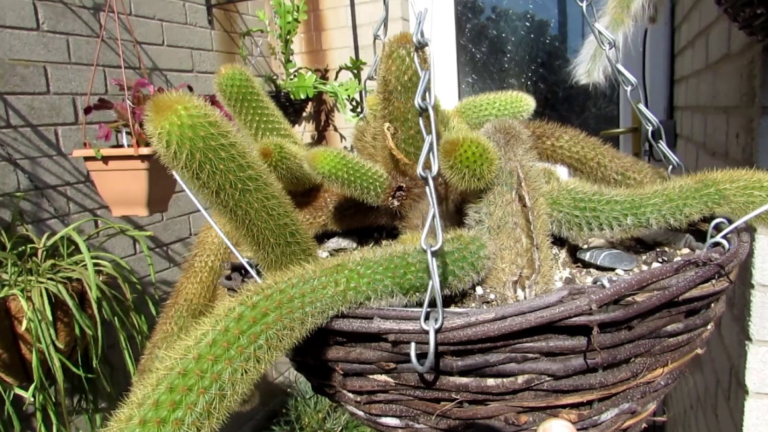Peony bare root
There are many reasons why we believe a bare-root peony is a better choice than potted peonies. First of all, you are likely to receive larger roots than you would if you bought a potted plant. Larger roots establish much faster due to their increased food reserves. Secondly, allowing the roots to come into direct contact with soil allows new plantings to establish themselves uninterrupted throughout the fall and early spring. Planting a potted peony may introduce a barrier of peat or bark-based potting mixes which may impede establishment. Thirdly, many states do not allow potted plants to be shipped due to concerns about introducing harmful insects into protected agricultural areas. Often, ordering a bare root plant is the safest, most responsible choice to avoid introducing any unwanted insects to your area. Lastly, you will have access to fresh peonies from a specialty grower offering a wide selection that is dug to order from their fields, divided, and shipped promptly. If you want a peony with certain characteristics such as color, form, height, stem strength, rarity, fragrance, bloom season, or more, you will be able to custom select the perfect variety for your needs through a peony specialty grower.

Remember, this long-lived perennial can live to be 50-100 years old; you must be patient during the establishment process. The first three years can best be described as “sleep, creep, leap”, as in the peony will take approximately 3-4 years to reach maturity. In this photo, you can see how much development takes place in just a few years.
Where to plant peonies
Peonies love sun – a half day or more of sun (full sun is great) and good drainage for best growth / bloom. A bit of shade is okay and can allow your peonies to open with more intense coloring – just be sure they are getting at least a half day of sun. (Too much shade will produce foliage and little or no peony bloom).
Peony plants grow best in the ground; However, some gardeners are planting a peony or two in large patio pots. Use an ample sized container of 10 gallons or larger for best results, as the roots of a peony grow rather large. Be sure it has adequate drainage and remember to water more frequently than a ground planted peony. Peonies will also do well in large raised beds.

Peonies grow in a variety of soil types and actually love clay soil that is well drained. You may amend your soil; but, often, there is really no need to do so. Our farm peonies thrive in our well drained, unammended clay soil. If you desire, you may amend your soil to improve the nutrients / organic matter.
How to plant peonies
Prepare the planting site by digging a hole about 15 x 15 inches, then fill the hole back in with the spaded soil. Remove just enough soil to place the root in, so it will sit just below or at ground level.
Place the peony root downward at any angle, with the ‘eyes’ (buds) facing upward. The roots are placed near the surface of the ground, with just one inch to two inches of soil on top of the ‘eyes’ (buds). Take care not to plant peony roots too deeply. Think of it as planting your bare root peony ‘just below ground level’ or at ground level with only a couple inches of soil mounded over the root.
In warmer climates (The South, California) where peonies can be grown, gardeners report success with planting the peony root near ground level with just a smidge of soil (about one half inch) over the eyes.
Some of the Itoh Intersectional peonies have extra large roots with some of their ‘eyes’ on a woody stem. These peony roots may be placed at an angle to fully cover the eyes. Itoh peonies can be planted a bit deeper than other herbaceous peonies.

Water your newly planted peony root right away. Be sure to continue watering new peony plants every week or two, providing moisture until the Fall rains take over.
Gently check the peony root; If it settles too deeply, lift it up and add additional soil under the root. Be sure it is only covered with one inch to two inches of soil for best results. Planting peonies too deeply can result in foliage growth with no flowers.
Newly planted bare root peonies will establish new feeder roots when you plant them in the Fall. The winter freezing temperatures will not affect roots planted in the ground (garden). Peonies like cold winters.
Planting peonies in pots / containers requires a very large container with adequate drainage. Make sure the eyes are covered with only one inch to two inches of soil. Water the potted peonies; keep moist – but, let them almost dry out between waterings. Keep potted peonies protected from deep winter freezing. Frost doesn’t harm planted / potted peony plant roots – it’s the prolonged, arctic blast / deep freezing that may affect potted peonies.
How to care your peonies
Water your new peony plants thoroughly upon planting or transplanting. Water a peony deeply, then let the soil almost dry out between waterings’. Watering first year peony roots / plants every couple of weeks during dry weather, should be adequate. The moisture will help establish the roots.
Once the fall / winter rains arrive, you may not need to water your peonies until you have dry weather in the spring / summer.
Once a peony plant is several years old, it is fairly drought tolerant; although they do appreciate a good watering every few weeks in hot summers. An established peony plant does not need frequent watering.
We use 1/4 cup of fertilizer (10-20-20) around the drip line of our mature peonies early in the spring. You may also fertilize your peony plants after they bloom. Many gardeners do not fertilize their peonies and others fertilize annually. You may want to experiment for best results with your soil.
If you are fertilizing potted peonies – be sure to use a slow release fertilizer, as other fertilizers will burn the foliage. We fertilize in early spring, just as plants emerge.
Deadhead flower / seed pods after bloom. You may trim your peony stems to shape the bush as it pleases you.

If you want to let seed pods mature, leave them on the stems until they crack open in late summer. You can immediately plant the seed in the ground or potting flats and keep moist until the fall rains come. Some seeds will germinate the following spring, other seeds will sprout the 2nd spring.

Cut peony stems to ground level in the late fall. Remove the stems and leaves from the garden for good sanitation. Do not compost peony leaves and stems.
Mulching is not required in the Northwest. Some gardeners in very cold winter climates mulch for the winter – if you do, be sure to remove the mulch in the spring (otherwise, your peony will be ‘planted’ too deeply).






